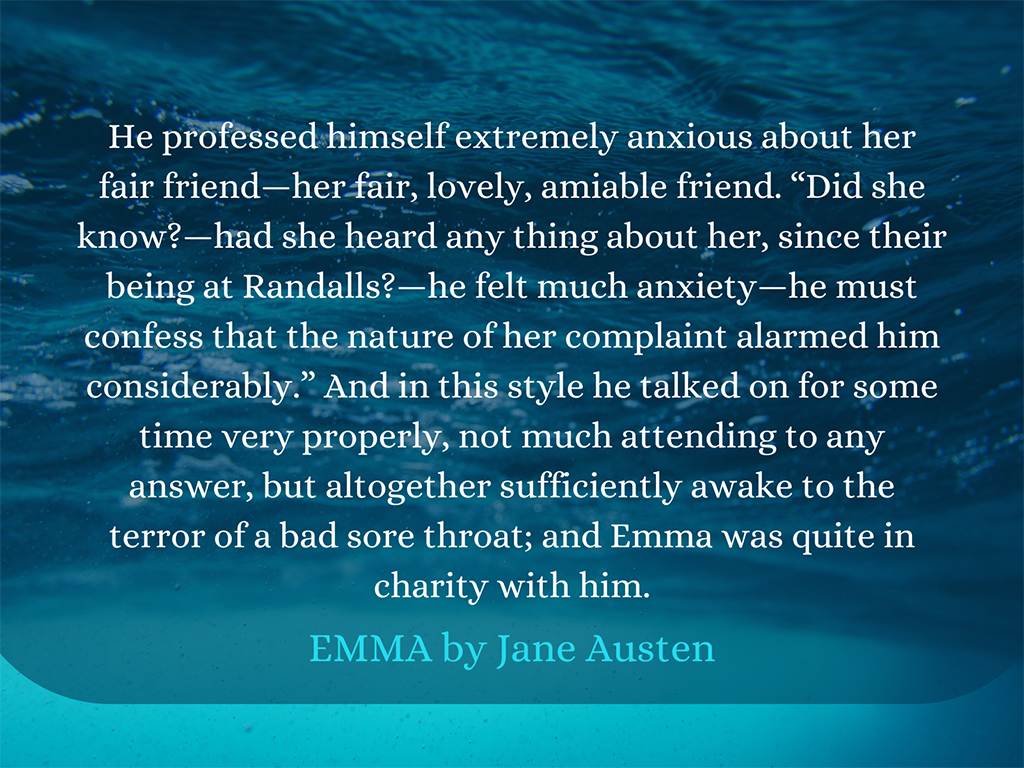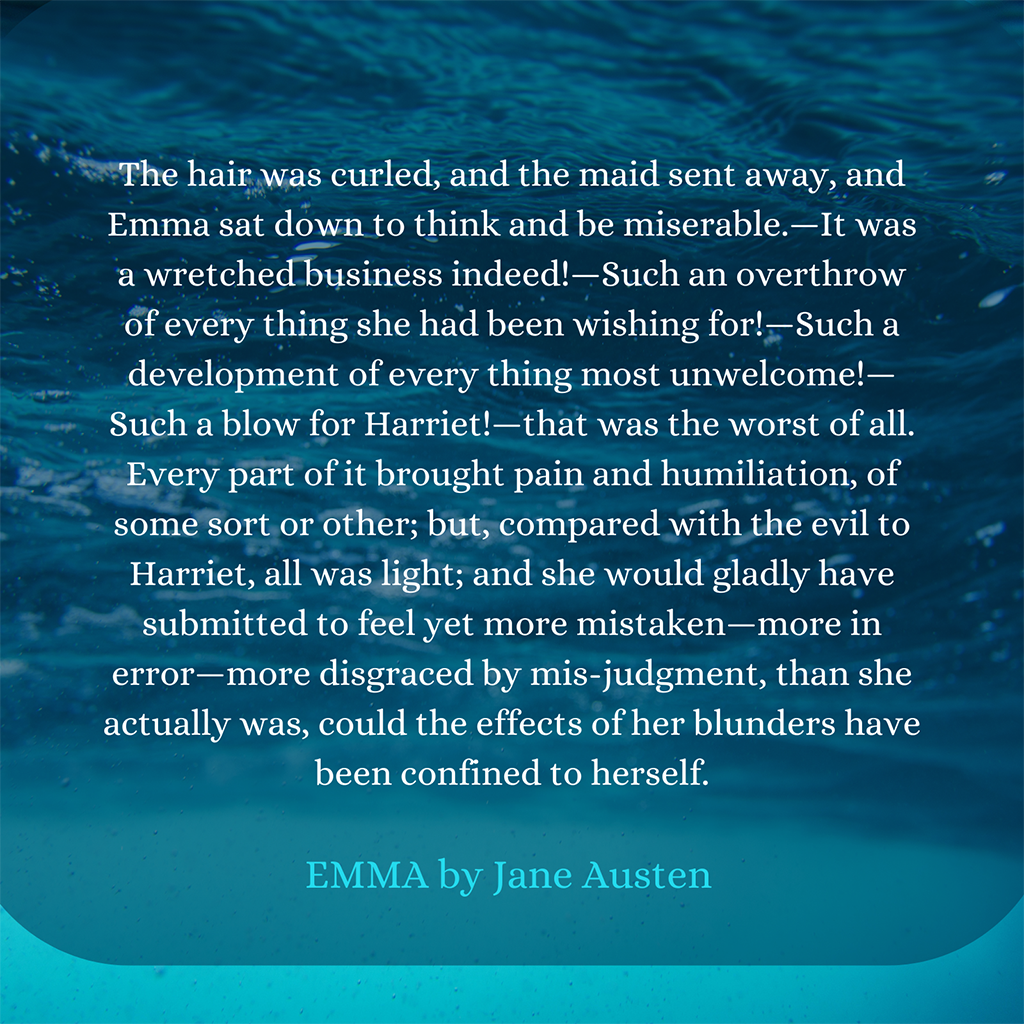Free Indirect Speech is a technique often summarized as Third Person Point of View with First Person Style. When employing this method, the Narrator conveys the Viewpoint Character’s thoughts as part of the narration, without any markers or attributions to indicate where it originated.
Developed in the 1800s by such literary pioneers as Jane Austen and Gustave Flaubert, Free Indirect Speech tightens a narrative. It naturally draws the Reader deeper into the pages of the book.
If you only ever learn one Point of View technique, this is The One.

The Breakdown
To dissect what this technique looks like, we start with Direct Speech. As its name implies this directly attributes thoughts with quotes and dialogue tags.
Susie glanced back over her shoulder. “Is that ax murderer still chasing me?” she thought.
To convert this to Indirect Speech, we move that thought from within quotes to become part of the narrative, with an attribution for where it originates:
Susie glanced back over her shoulder, wondering if that ax murderer was still chasing her.
Free Indirect Speech, then, strips away this attribution so that the Narrator and the Viewpoint Character share the same thoughts:
Susie glanced back over her shoulder. Was that ax murderer still chasing her?
This final version sloughs off the weight of dialogue tags and filter verbs alike for a leaner, more polished story. It enables a simple but potent refinement of one’s prose.
A Literary Pioneer
While some sources attribute Gustave Flaubert’s MADAM BOVARY (1857) as the standard-bearer for this technique, we look a few decades earlier, to Jane Austen’s EMMA (1815). In this social comedy, the Narrator shares the titular main character’s worldview, conveyed through liberal use of Free Indirect Speech.
Emma thinks Miss Bates is silly and tiresome, so the Narrator communicates that as fact. Her father, who is objectively fussy and controlling, receives the description of “a most affectionate, indulgent” man. When Emma believes Mr Elton enamored of Harriet, the Narrator floats along with this delusion. As Emma and the Narrator persist in denial, though, the Reader gets to read between the lines.
Consider this interaction in Chapter 15:

Obviously Mr Elton loves Harriet. Why else would he ask after her health with such solicitude? Yet as the narration continues, this belief ravels at its edges.

Still Emma and the Narrator linger in denial. Mr Elton’s declaration of love to her later in the chapter comes as a complete shock. And Chapter 16 opens with her and the Narrator together processing this deep betrayal of sentiments.

As the story unfolds and Emma’s assumptions prove untrue one after another, both the Narrator and Emma receive enlightenment. This masterful coupling creates tension in the multitude of conflicts: her rivalry with Jane Fairfax, her flirtation with Frank Churchill, her grudge against the Eltons, her mentor-to-lover relationship with Mr Knightley.
Free Indirect Speech allows us to empathize with a character who, objectively, we might consider snotty, snooty, pampered, and deluded. Paradoxically, it both reveals and softens her inherent flaws. It allows the Reader to walk in Emma’s shoes, sharing her journey to greater wisdom, humility, and charity.
First Person Applications
While most sources tie Free Indirect Speech to Third Person POV (as our original definition does), this is a refining technique for First Person as well. Regardless of Person, it’s far too easy to slip filter verbs into a narrative. In First Person specifically, though, stating that the Narrator thought, wondered, noticed, etc. is redundant1.
The principles of Free Indirect Speech, then, provide guidelines for stripping those filters. They teach how to edit your First Person—or indeed any Person—prose to its essentials.
This technique is a building block for Limited Omniscient Narration and Deep Point of View. It allows the Reader to view the story world through a more focused lens. It’s also an elegant technique in its own right, the verbal equivalent of a carefully manicured garden.
- What do you love about Free Indirect Speech?
- How might this technique enhance a story’s narrative?
Up next: Deep Point of View
Previous: Stream of Consciousness
Index Page: Point of View
- Unless the Narrator is Observational, in which case, the filter is a feature of their dialogue with the Reader, and thus serves a narrative purpose. As always, it’s not wrong if you do it with intent. ↩︎